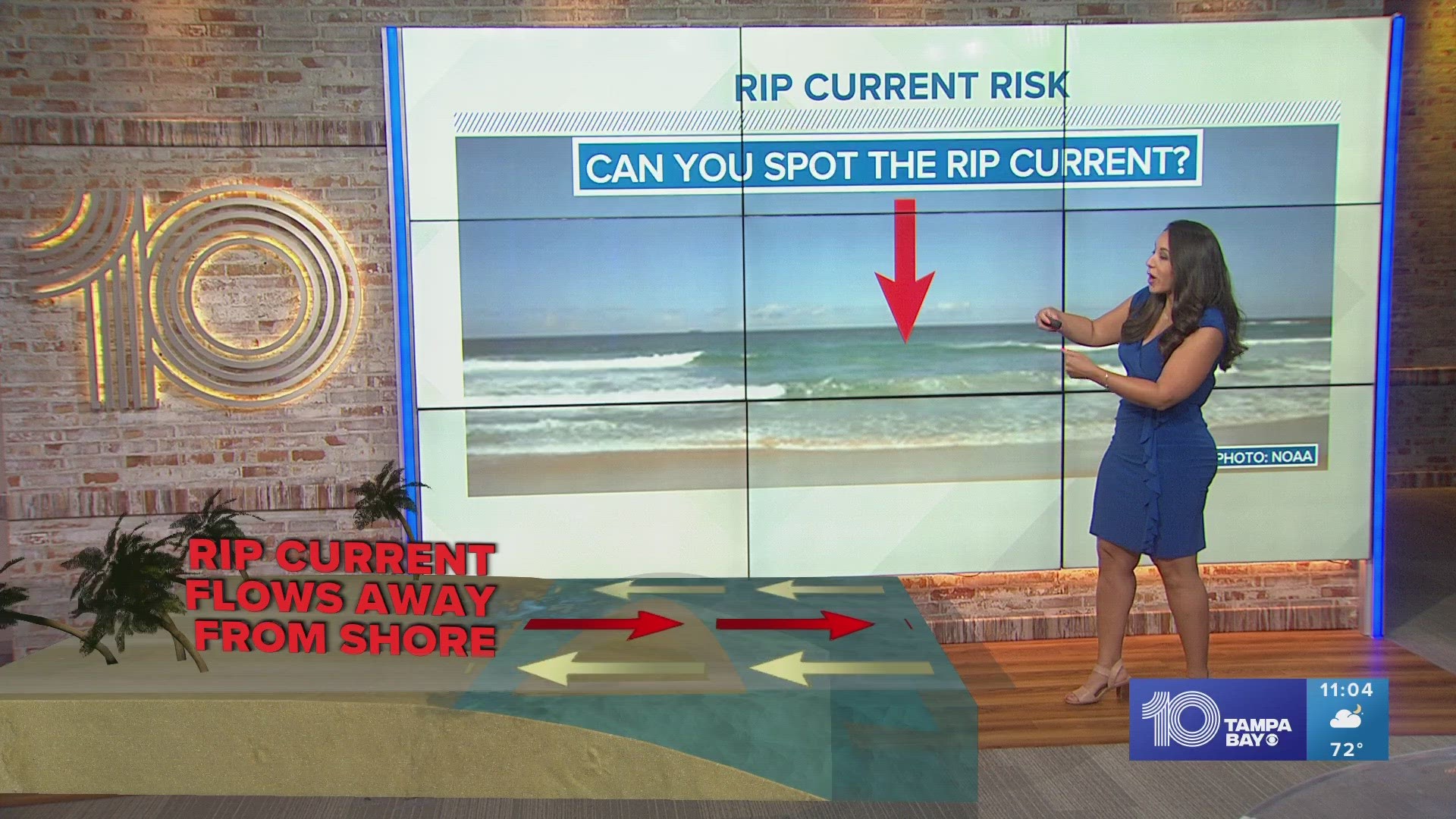DAYTONA BEACH, Fla. — A man from Lakeland is dead after reports say he was caught in a rip current on Friday off Daytona Beach.
There was also a 76-year-old man from Kentucky who died on Thursday near Daytona Beach Shores after he was pulled from the ocean, The Daytona Beach News-Journal reports.
The Lakeland man, who was identified on a GoFundMe page as Mark Bryson, was swimming shortly at 11 a.m. in an unguarded area of the beach when he got caught in a rip current, Beach Safety and Ocean Rescue Deputy Chief Tammy Malphurs told the newspaper.
Two other people caught in the rip current made it to shore and when lifeguards pulled Bryson to the beach, he had no pulse and CPR was performed. However, he was taken to a hospital where he later died, according to The Daytona Beach News-Journal.
"People tend to underestimate the power of a rip current quite often," Malphurs told the News-Journal.
The condition status of the other two people who made it out alive from the rip current is reportedly not yet available.
The GoFundMe post for Bryson says he was a father of four and died in the rip current after he tried to save his son. Those interested in helping out the Bryson family can check out the GoFundMe by clicking here.
Kentucky native Robert Sarver was swimming in an area without a staffed lifeguard tower when a witness told authorities they saw him floating face down in waist-deep water, The Daytona Beach News-Journal reports.
After the witness went to go check on Sarver, he reportedly noticed he was unconscious and pulled him from the water.
"When a deputy arrived at around 2 p.m., he saw several bystanders performing CPR," the newspapers reported. "First responders took Sarver to Halifax Health Medical Center, but he was pronounced dead, according to the sheriff's office."
Volusia County Beaches said in a Facebook post they rescued 72 people from the ocean this past weekend while also providing medical services and other information to beachgoers.
"Our goal is to continue to keep you safe while at the beach!" the social media post reads. "Rip currents are expected to be a threat throughout the week as well as heavy surf."
People heading to the beach in the area are encouraged to swim in front of a staffed lifeguard tower and download the Volusia Beaches app for all the latest beach information.
According to the National Oceanic and Atmospheric Administration, the best way to prevent getting caught in a rip current is to stay close to the shore and near a lifeguard. But since lifeguards can't always be available, there are indicators to help spot a rip current to know which areas to avoid swimming in.
Before you get in the water, check for rip currents at an elevated position that overlooks the beach, such as the parking lot or sand dune, and watch the water for several minutes since rip current conditions can change, according to NOAA.
The easiest type of rip current to identify are channelized rip currents as they usually look as darker, narrow gaps of water heading offshore between areas of breaking waves and whitewater, the NOAA says. They can also appear as darker paths heading out through the surf, so make sure to look for gaps in the lines of breaking waves.
To learn more ways how to spot a rip current, click here.

